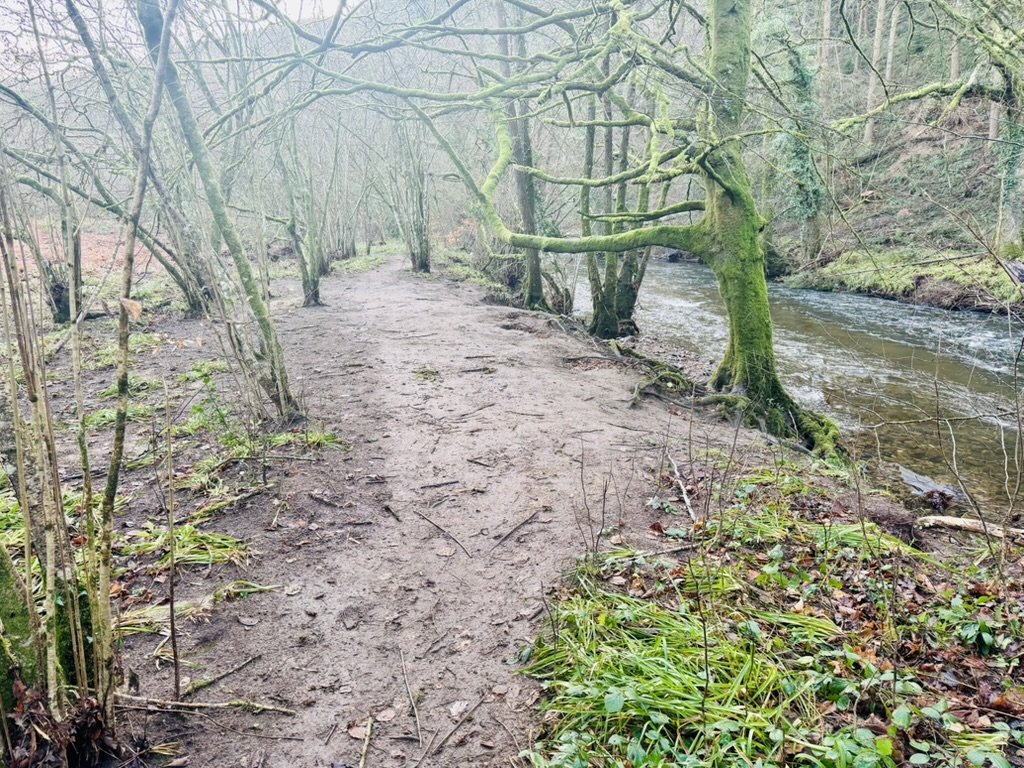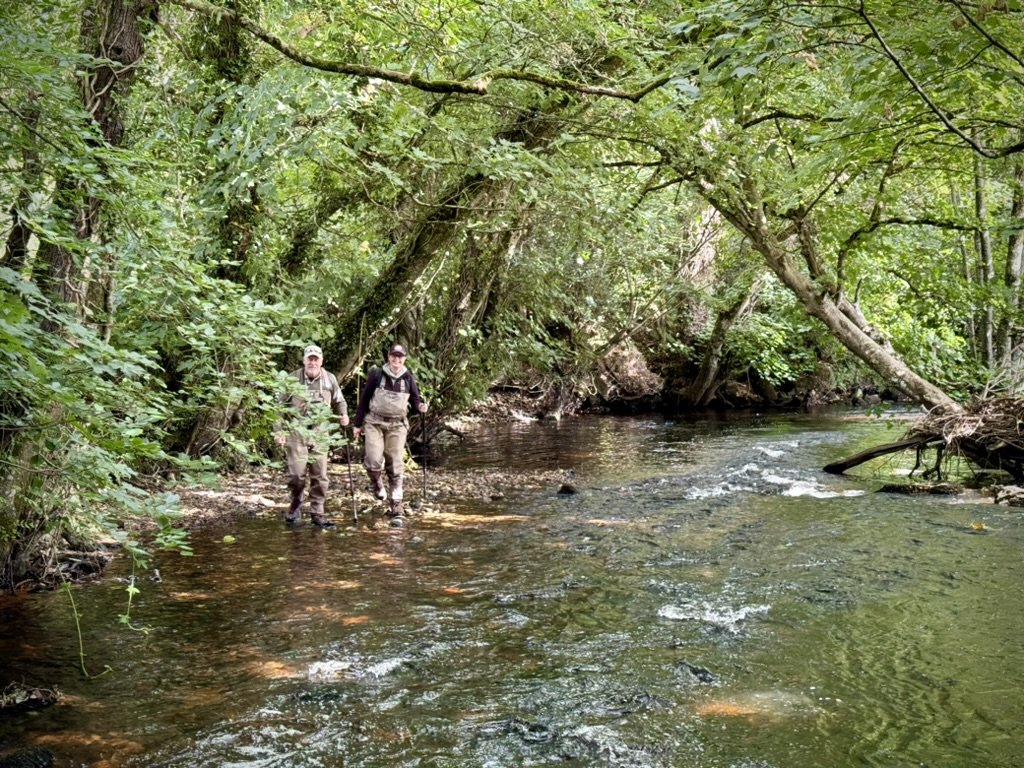Observation = Action
People observing rivers whether through angling, walking, or other recreational activities play a crucial role in detecting early signs of environmental changes and in helping organisations like us and others respond effectively. Here's why I think observations are so key now and looking forward to the future.
Eyes on the Ground
Like any river, the River Teign is blessed with people who enjoy spending time alongside the riverbank, anglers and walkers in particular. These people who visit and spend time near the river often notice subtle changes or potential problems that might be overlooked by others.
Someone taking a daily walk for example will be more attuned and familiar with the river’s usual conditions—its flow, water clarity, areas to spot wildlife and habitat features. This regular contact with the river means they are well placed to spot anomalies or changes, such as an unusual water colour or odour, or the presence (or absence) of certain species, much faster than someone less familiar with the area.
If ever there was a reason to spend more time outdoors, why not get to know a section of the river a little more deeply by walking and observing it regularly?
In this way, those who observe the river in their leisure time act as early responders, helping to ensure that problems don’t snowball and that appropriate responses are put into action as quickly as possible.
An example of bank side degradation caused by high foot traffic - Future spates would uproot these trees and further wash away the bank.
Solution - Using a dead hedge to alter the ‘desire line’ away from the water’s edge to allow the bank to heal and restore. Thanks to the volunteers and partners who mobilised to make this and other works happen!
Early Detection of potential problems
By observing the river regularly, anglers, walkers and outdoor folk can be some of the first to spot potential issues such as:
Water pollution (e.g. unusual colour, smell, or foam)
Changes in fish behaviour or numbers
Erosion or shifting of the riverbanks
Invasive species taking root in an area
Disturbance to wildlife or habitats
Blockers & Log Jams following spate conditions
Data collection
One of the backbones of the recent River Teign Restoration Project was the collection and subsequent analysis of valuable data. By having a dedicated volunteer force who monitor certain aspects of the river, data can be gathered and analysed helping to build a clearer picture of what’s going on in the river over time. For example, lower water temperatures are key to the survival of eggs of migratory species once they have spawned. Riverfly surveys monitor the health and diversity of the entomological (insect) population over time at particular locations - A key indicator of water quality and river health.
An Iron Blue Dun spotted during a river walk near Fingle Weir Pool
It should be noted and praised that our volunteers carried out such a volume of surveys within the Teign Catchment area during one monitoring period, that the River Teign was placed in the UK’s Top Ten 10 for the amount of survey data collected! Quite an accomplishment for mobilising volunteers behind a united aim!
Observations made by individuals over time helps create a long-term dataset that can reveal trends and patterns. This kind of monitoring is crucial for understanding seasonal changes, climate impact, or the effectiveness of previous conservation efforts.
Although data in its broader sense tends to get us thinking about science, data trends, such as an increase in litter in certain areas, or the decline of juvenile fish numbers through electro-fishing surveys are just as important. This collective data is invaluable in terms of guiding decisions on when and where action is needed, whether that’s for habitat or bank restoration, pollution control, monitoring fish populations, or simply raising awareness.
Raising awareness
When people see the river firsthand and notice changes themselves, they become more invested in its well-being. Those who fish, walkers, and other river users are more likely to advocate for the river's health, whether by engaging in volunteer clean-up efforts, attending meetings, or supporting projects aimed at protecting and improving the river. Additionally, it is their observations that can give us concrete examples to use, whether for funding, policy or support for river conservation programmes with our partners.
Encouraging anyone to engage with the river and report what they see helps foster a culture of stewardship. People who spend time on the river, whether for sport or recreation, become more connected to it and more likely to take action when they notice problems. By making observations a core part of TACA’s approach, they build a network of community members who feel responsible and empowered to do something positive for the health of the river.
Wading whilst fishing provides an invaluable perspective on the river.
By using our ‘Submit Observation’ form through the website, we encourage anyone to raise an issue. Nothing is too big or too small. We will endeavour to ensure appropriate action is taken and where possible, mobilise to make a difference.
In summary, the combination of people actively engaging with the River Teign and reporting their observations gives us invaluable insights that allow for early detection of changes, targeted intervention, and more effective river management. This grassroots involvement helps ensure that the river remains healthy, well-maintained, and resilient for years to come. In the meantime - I’m going for a walk along the river to see what I can see…




